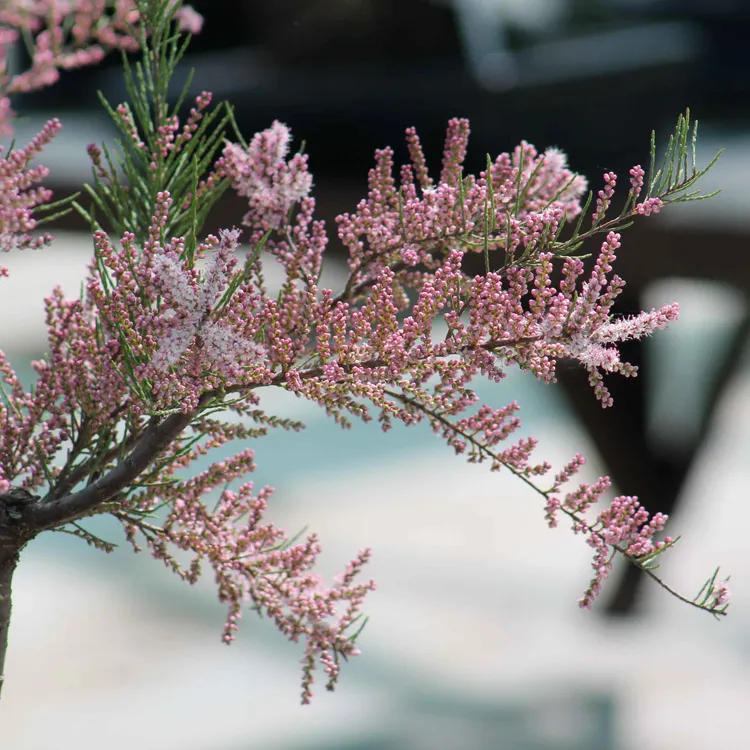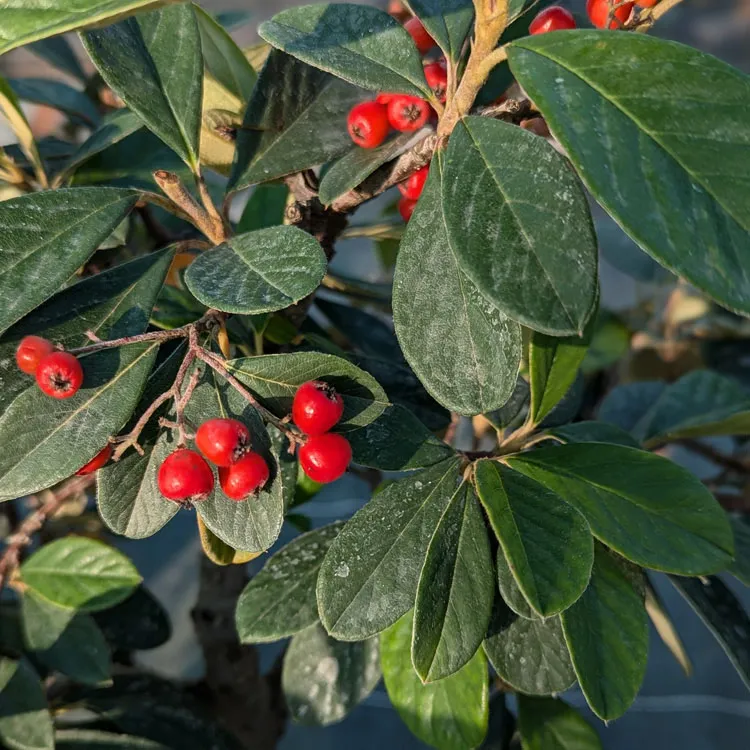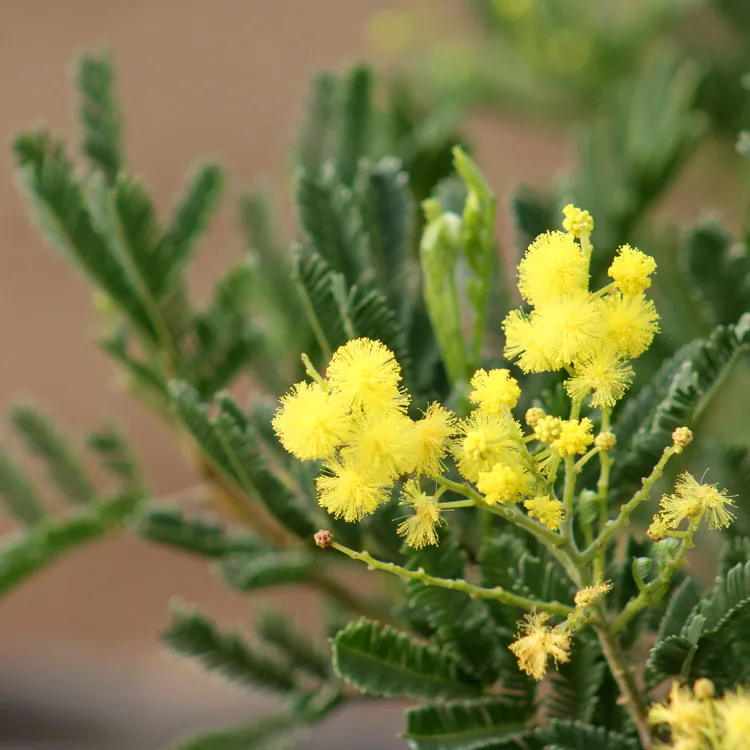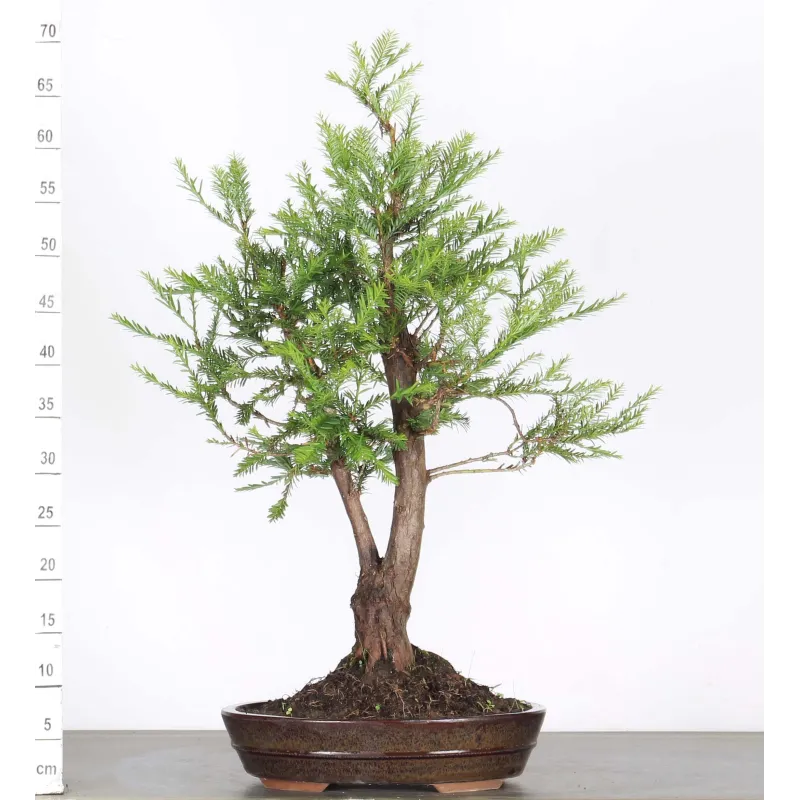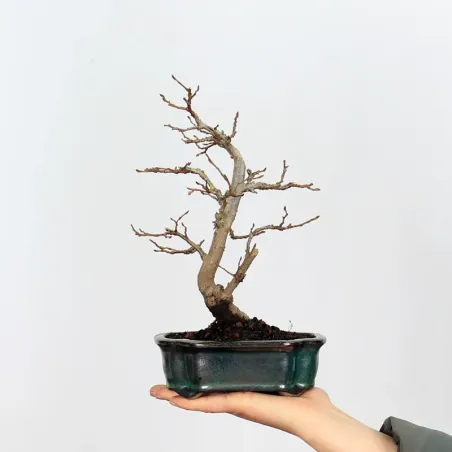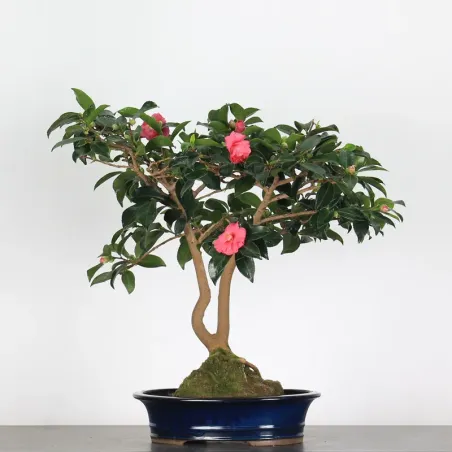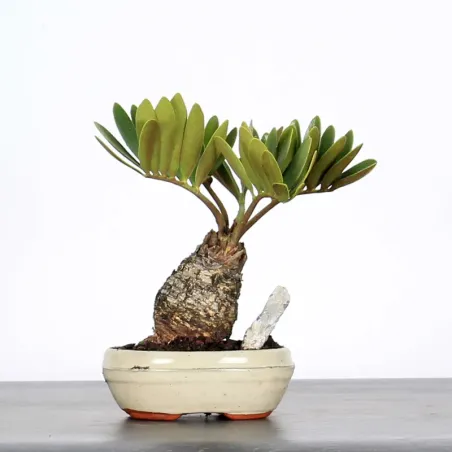 English
en
English
en
Bonsai
Sequoia sempervirens ses-1-11
Outdoor Bonsai
The Sequoia Sempervirens is a legend, fast-growing, it keeps its needles green throughout the year. This conifer is referred to as a giant, it is among the tallest in the world. It has vigorous growth and rebuds quite easily on the trunk after severe pruning.
+ Family: Taxodiaceae
+ Origin: United States
+ Foliage: Evergreen
Growing tips:
Location: Outdoors all year round, the Sequoia appreciates a sunny exposure. During periods of high heat and scorching sun, choose a semi-shaded location.
Watering: For good health, the redwood needs a substrate that is always moist. However, water your tree regularly while allowing the root ball to dry out slightly between waterings to avoid excess water.
In spring/summer, watering will be done very regularly, in hot weather it is every day. See more! On the other hand, in winter, water according to the supervision of the soil. Thanks to the rain and cold, you won't necessarily need to water regularly since the substrate will remain moist.
Important: Don't hesitate to water the entire root ball down to the roots, the water will drain away through the holes under the pot or bathe the tree in water (drenching) for a few minutes, to be sure to water it well. We do not recommend putting a cup or container underneath your pot as the water will stagnate and can cause root rot. (Too much water = asphyxiation).
Substrate and repotting: In the nursery, we use agricultural potting soil which is composed of black peat peat, eco-aged, topsoil, horse manure and pozzolana. Repotting should be done every 2 years. Be sure to prune the roots well with each repotting.
Waist: The straight style is typical of the Sequoia both in nature and in bonsai. In spring, stems with long internodes should be pruned before the buds bloom. It is a tree that produces a lot of new buds especially near pruning scars. Thus, not all buds need to be removed immediately. Ligation is not mandatory because the branches are quite brittle.
The Sequoia Sempervirens is mainly worked in a straight shape, characteristic of the species
Fertilization: In the nursery, we use blue tomato/flower fertilizer NPK 12 12 17. Put a handful on the substrate (small or large depending on the size of the pot) from spring, so from May to October, every 2 months for a good growth of your tree.

 Production of French Bonsai
Production of French Bonsai











































